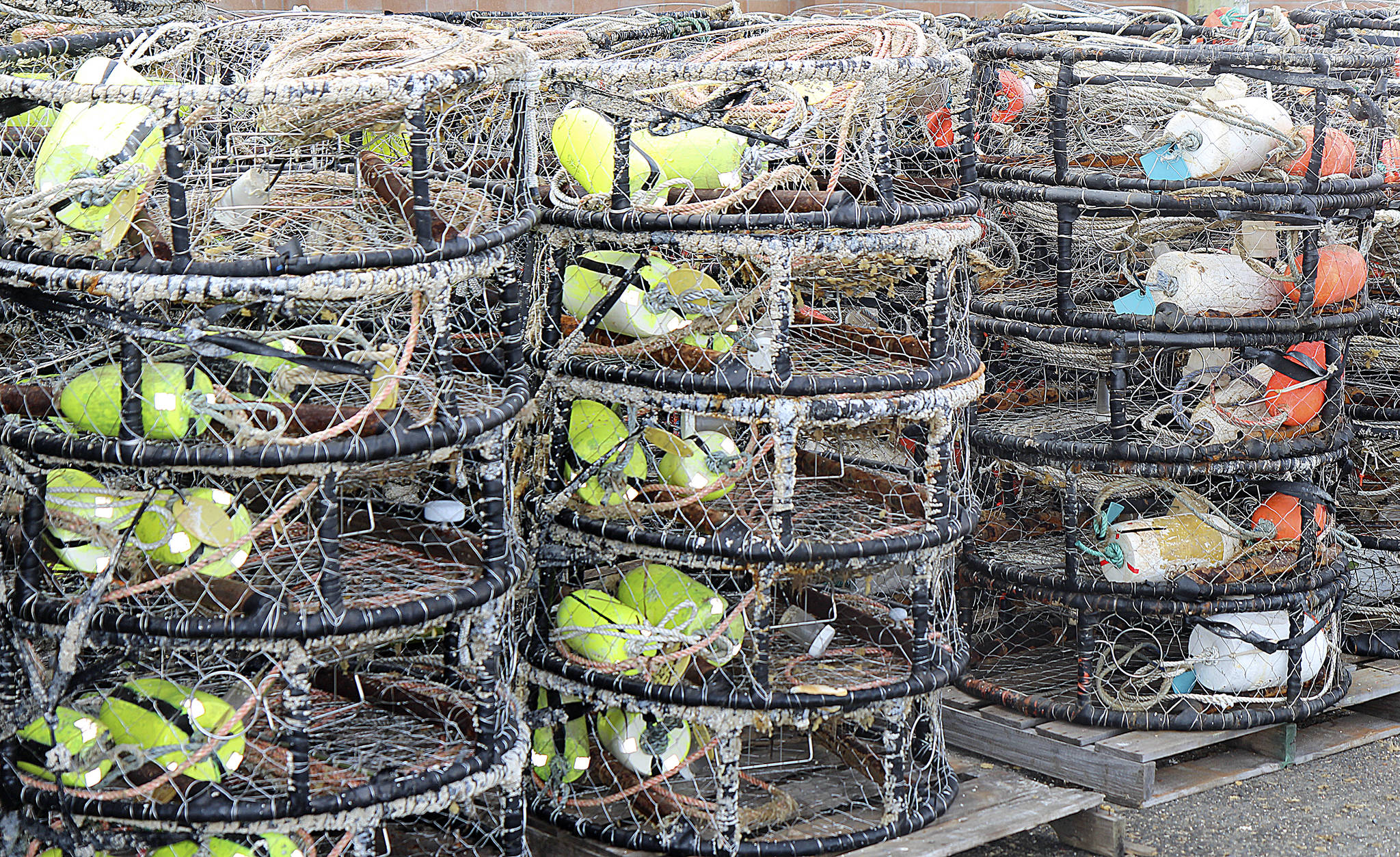The non-tribal coastal commercial Dungeness crab fishery has been delayed again because tests have shown the crab have not met the minimum meat recovery criteria.
Meanwhile, the Quinault Indian Nation opened its commercial crab fishery last week.
The Department of Fish and Wildlife sent the industry notice this month after it and the Oregon and California departments of fish and wildlife agreed to “further delay the opening of the 2019-20 coastal Dungeness crab fishery from Point Area, California north to the U.S. Canada boarder through Dec. 31, 2019, at least.”
In order for the nontribal commercial season to begin, conditions of a tri-state agreement between Washington, California and Oregon must be met. One of those conditions is meat recovery, and the minimum threshold must be met in all the test pulls for all three states for the fishery to open.
Test fisheries at the beginning of December showed the crab have filled out since the previous round of tests in early November. Pots pulled at Westport Dec. 2 showed a recovery rate of 23.8%, and tests out of Long Beach showed 21.8%, putting Westport just ahead of the minimum requirement, Long Beach below.
The minimum meat recovery criteria set by Tri-State Dungeness Crab Pre-Season Testing Protocols is 23% north of Cascade Head (near Lincoln City, Oregon), and 25% south. In Oregon, half of the eight tests showed meat recovery below the standard, as did two of three test pulls in California.
A third round of meat recovery testing will be conducted sometime in mid–December, targeting completion by Dec. 20, according to Fish and Wildlife, which will provide additional information regarding the season opening as soon as possible following the completion of the upcoming tests.
The Quinault Indian Nation is not bound by the Tri-State agreement that drives the seasons for nontribal commercial fishermen, but does its own testing to ensure the quality and health of the crabs are good before opening their own season.
“They have a set of protocols or conditions that they agree to and they open their season under those criteria,” said Quinault Indian Nation fisheries policy spokesman Ed Johnstone. “We do our tests just like the state does,” including meat pickout, shell conditions and tests for water quality and marine toxins like domoic acid, “which are guidelines that tell you when you can open your fishery.” He said those conditions have been met north of Pt. Chehalis and the tribe has opened its commercial crab fishery.
The Tribe and the state co-manage fisheries north of Pt. Chehalis, in the Quinaults’ usual and accustomed fishing area. The co-management is based on the principals of sharing and allocation, said Johnstone. Ayres said this agreement has not yet been finalized for the season. The state will continue to meet with the Coastal Crab Advisory Board to work toward an agreement with the tribe on a 2019-20 state/tribal crab management plan, said Ayres.



